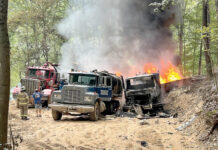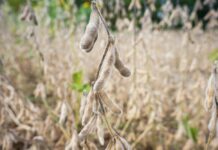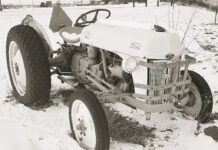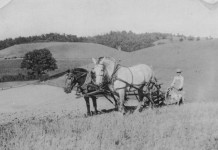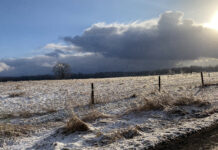
With the butchers having completed the removal of all the prime cuts of meat from the pig carcass, it was time to give the remaining skeleton a final look over for any small pieces of meat that remained. Those were carefully saved to make a dish that is seldom found on today’s restaurant menus, except in some regional areas of Pennsylvania. That dish is scrapple (derived either from the word scrape or scrap).
Scrapple
The scraped meat was mixed with cornmeal, seasoned and baked. The resulting product looks somewhat like meat loaf and is generally served in slices as a breakfast dish. Unlike meat loaf, however, the preferred way to eat scrapple is to slather it in maple syrup. (Author’s note: It’s g-o-o-d).
After the butchering process was completed, the bones of the pig were left to dry before being run through a bone grinder that reduced them to a coarse powder, which was then spread on gardens to add calcium to the soil, thus improving crops.
Lard
During the butchering process, the fat trimmed from the meat was put aside for rendering lard, which was done in a nearby iron cauldron. Lard was a product very important on the frontier.
After the slabs and pieces of fat were cut up fine and put in, they were allowed to cook for about two-and-a-half to four hours. During this time, they were agitated with a long iron stirrer similar in length to an apple butter paddle but with a smaller head that served as a scraper to keep the fat from adhering to the kettle. At the point where the clear lard was boiling out of the fat, it was ladled out of the kettle, strained through a piece of fabric to remove impurities and poured into waiting stoneware crocks. As it cooled overnight, it solidified.
The first lard to be rendered turned pure white as it cooled, and this was used in making pies, donuts, cakes, cookies and other bakery items. The lard that was rendered later in the process was more brownish in color and was usually used in cooking, such as in frying potatoes, meat and vegetables. The crocks containing the lard were placed in a cool cellar covered with slate crock covers or just inverted plates weighted with rocks. Lard stored this way typically kept for the better part of a year. It should be noted that crocks used for lard storage could never be used for any other purpose thereafter, as the lard permeated the glazed surface of these containers.
Cracklins
After all the rendered lard was removed from the kettle, what remained were the pieces of meat that had been attached to the fat. These had sunk to the bottom of the kettle and become fried to be transformed into pork cracklins. They were salted and seasoned to taste and served as a snack food for the pioneer family, much like today’s potato chips and pretzels.
In some instances, those making the lard preferred to use a lard press. Such presses utilized either a wooden screw or a lever to put pressure on the scraps of fat, which were placed either in a cylindrical metal container or a wooden box — both with numerous holes in the side — and pressed to release the liquid fat. The liquid flowed into a metal collection tray and from there, into a bucket. After that, the liquid fat was poured into the rendering kettle to become lard. Following pressing, the oily fat scraps were removed from the press to be reused either in grease lamps for light (stay tuned for the next chapter) or in cooking.
As noted in the previous chapter, the Germans liked to say they used all the pig but the squeal. But nowhere here was mentioned what became of the pig’s tail — the most inedible part of the animal. Well, the tail was often saved and many a Pennsylvania Dutchman would later find it pinned to the lower part of his jacket as a traditional joke, drawing the laughter of fellow members of the community, especially if it happened in church.
Preserving meat
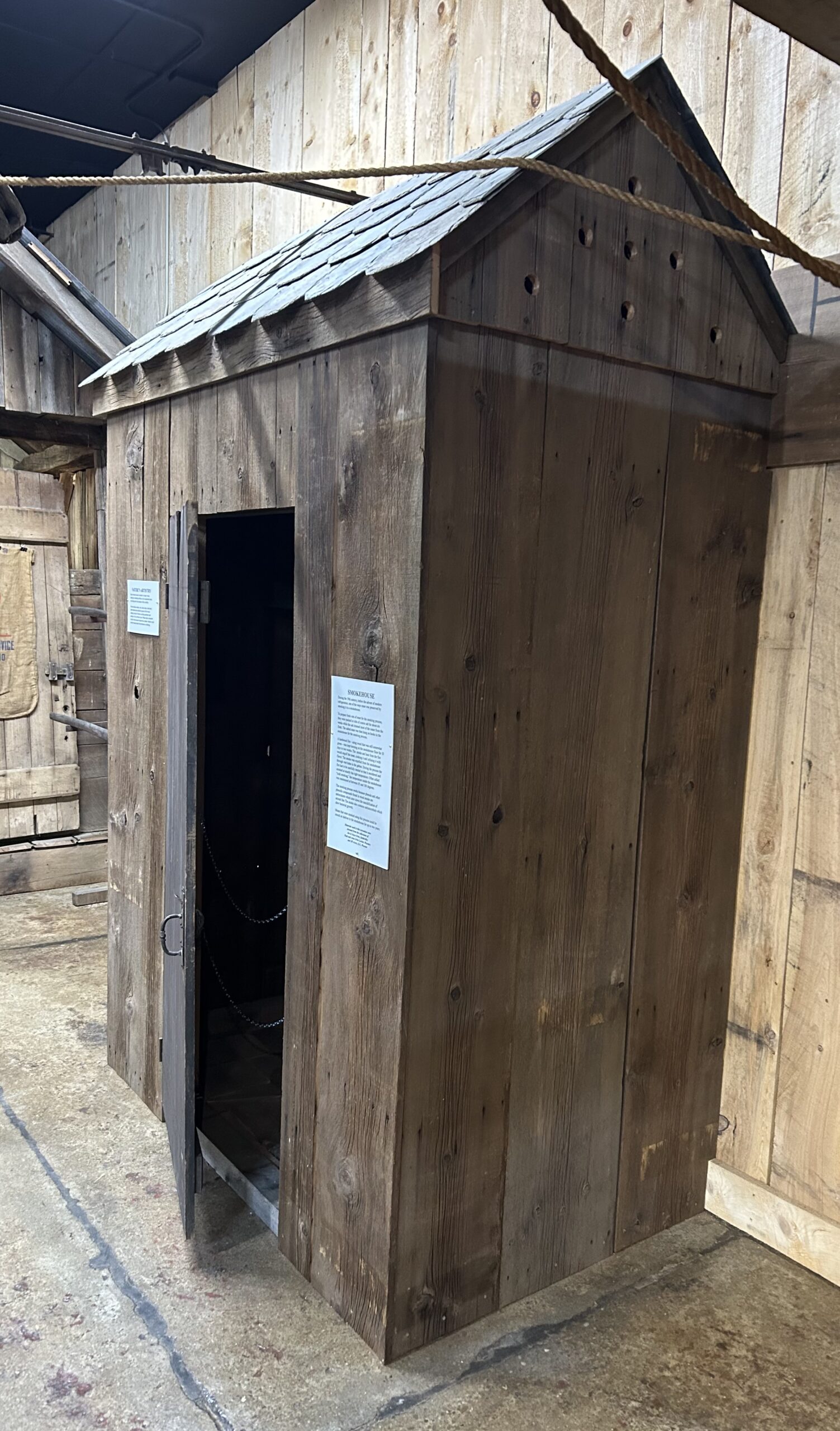
The meat that was harvested from the pig could be preserved in a couple of different ways. One of these was by smoking it. One of the first ancillary structures to be constructed on a pioneer farm was a smokehouse. Here, slabs of mat could be suspended from iron hooks on long poles and bathed in the smoke from a small fire, which was kept going constantly for a few weeks. This process sealed and cured the meat. A smoking chamber could also be made in the attic of a house by constructing a wooden closet adjacent to the chimney and removing a couple of bricks from the stack to allow smoke to enter that chamber, having the same effect on the meat hung therein.
Another way to preserve the meat was to get some large crocks from the local potter, place the meat therein and cover it with brine water. The salt acted as a preservative for the meat. Meat stored in crocks in a cool environment, such as a cellar or springhouse, could be kept for an extended period.


